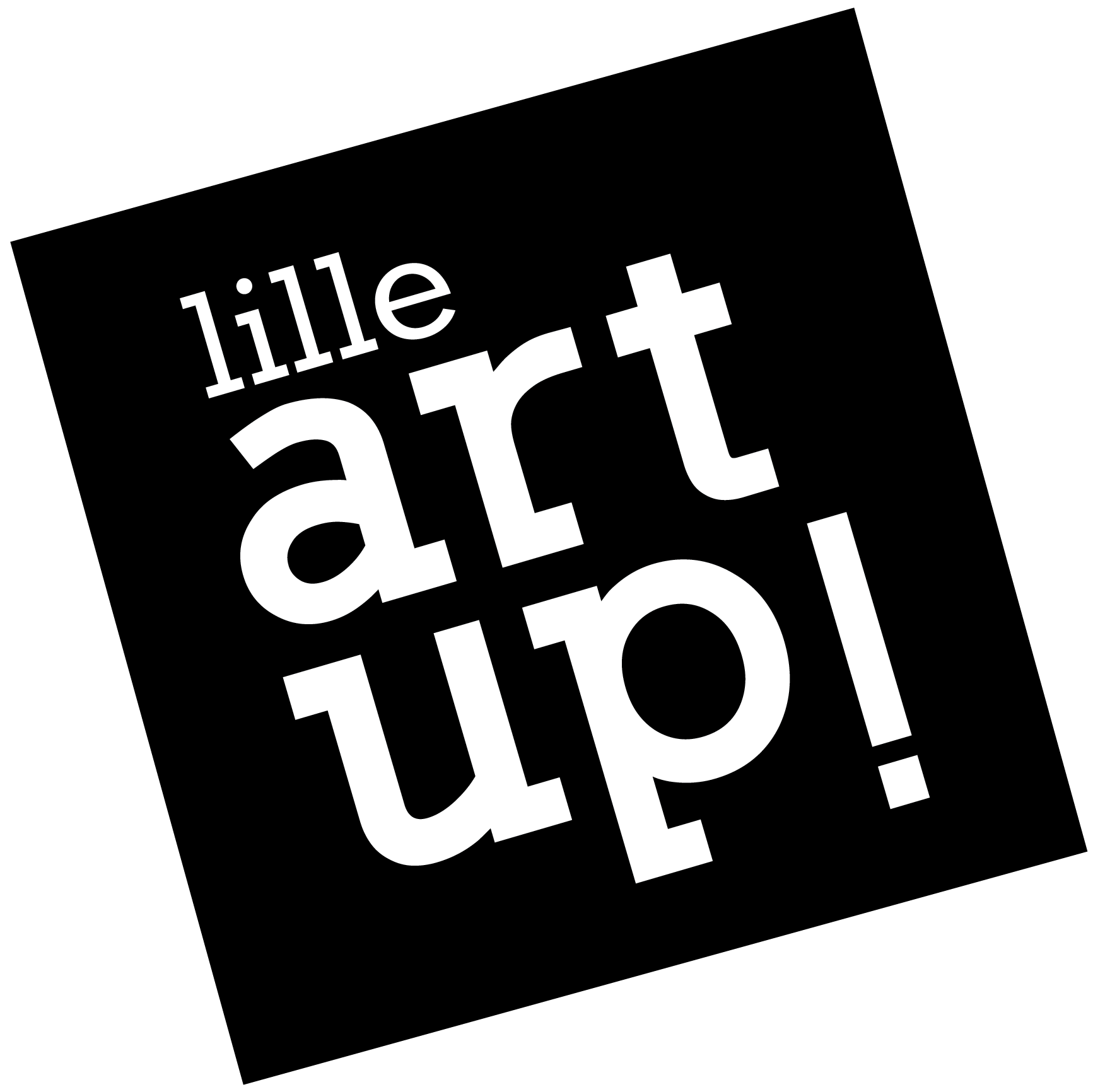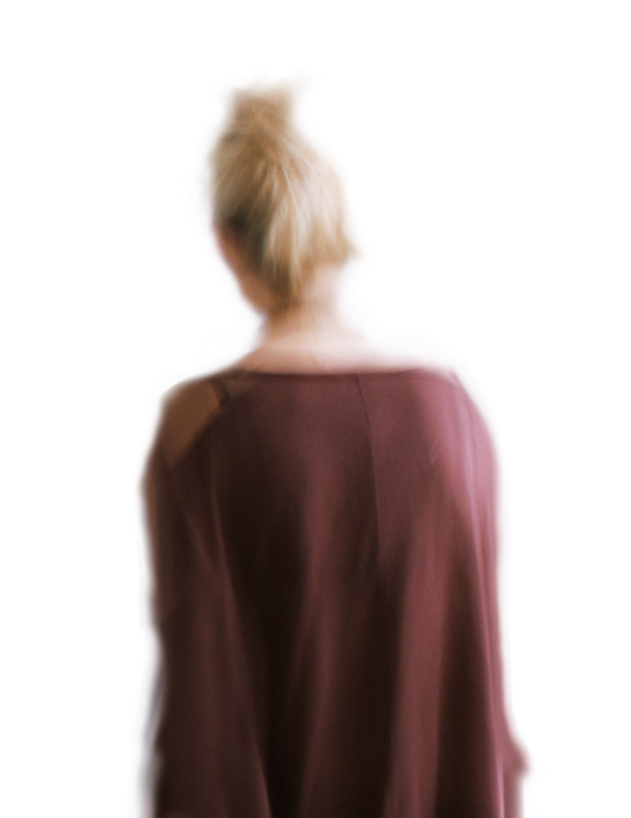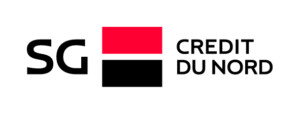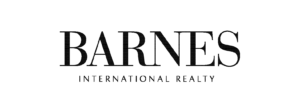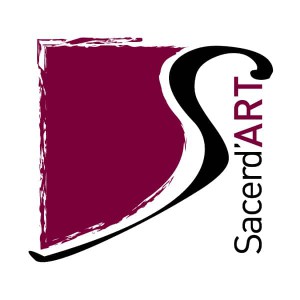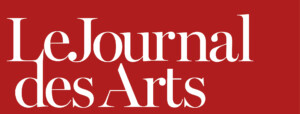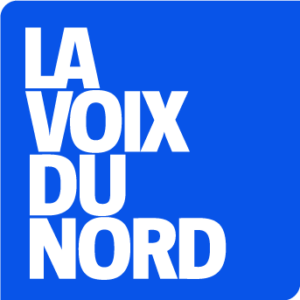artist/ Arthur Bertrand
France

-
Authentic Nice Gallery
B18-C17
Huguette Arthur Bertrand, a rare female painter of post-war lyrical abstraction, played an active part in the Paris art scene, working alongside Pierre Soulages, Hans Hartung, Zao Wou-Ki and Chu Teh-Chun, among others.
Huguette Arthur Bertrand was one of the earliest representatives of post-war French abstract art, known as the young and then the new school of Paris.
Born in 1922, she spent her childhood in the textile tradition in the Saint-Étienne region, before moving to Paris in the immediate post-war period. She made friends with the artists who worked at the Denise René gallery and travelled (on scholarship to Prague).
However, her sensitivity and enthusiasm kept her at a distance from the smooth, cold geometry developed by those around her, and encouraged her to follow her own pictorial energy. She exhibited at the Salon de Mai in 1949, took part in the ‘Les Mains éblouies’ group exhibited by the Maeght gallery in 1949-1950 and had her first solo exhibitions at the Niepce gallery in 1951, then at the Arnaud gallery from 1953 to 1959. Awarded the Prix Fénéon in 1955, she exhibited the following year in New York (Galerie Meltzer), Copenhagen (Galerie Birch), England, Belgium, Germany and Japan.
In 1956, she took part in the exhibition ‘L’Aventure de l’art abstrait’ presented by Michel Ragon.
From the 1950s to the 1990s, his work evolved from highly constructed compositions, organising masses of colour and lines into clusters, to more fluid fields criss-crossed by flashes of light and invaded by shadows. His pictorial universe broadens from reasoned work to a freedom he has earned and matured, perceptible in the erasure of line and the diffusion of colour. The material became lighter and the shapes more blurred, giving way to transparent clouds conveyed by solvents, as if to reach the very essence of painting in an unfolding beyond the field.
The transition takes place gradually over several years, in a slow, patient search. While the progression is gentle, the energy is released and the gesture asserts itself forcefully. The construction and organisation of values always take precedence over colour, which is used in restricted registers, usually dominated by browns, reds and oranges, his favourite colours.
‘Neither geometrism nor abstract landscaping. A beautiful lyrical abstraction that originated in the 1950s and has never ceased to swell its waters (…); solid convictions that no fashion shakes,’ wrote Michel Ragon in the catalogue of one of the painter’s last exhibitions, in 1987.
